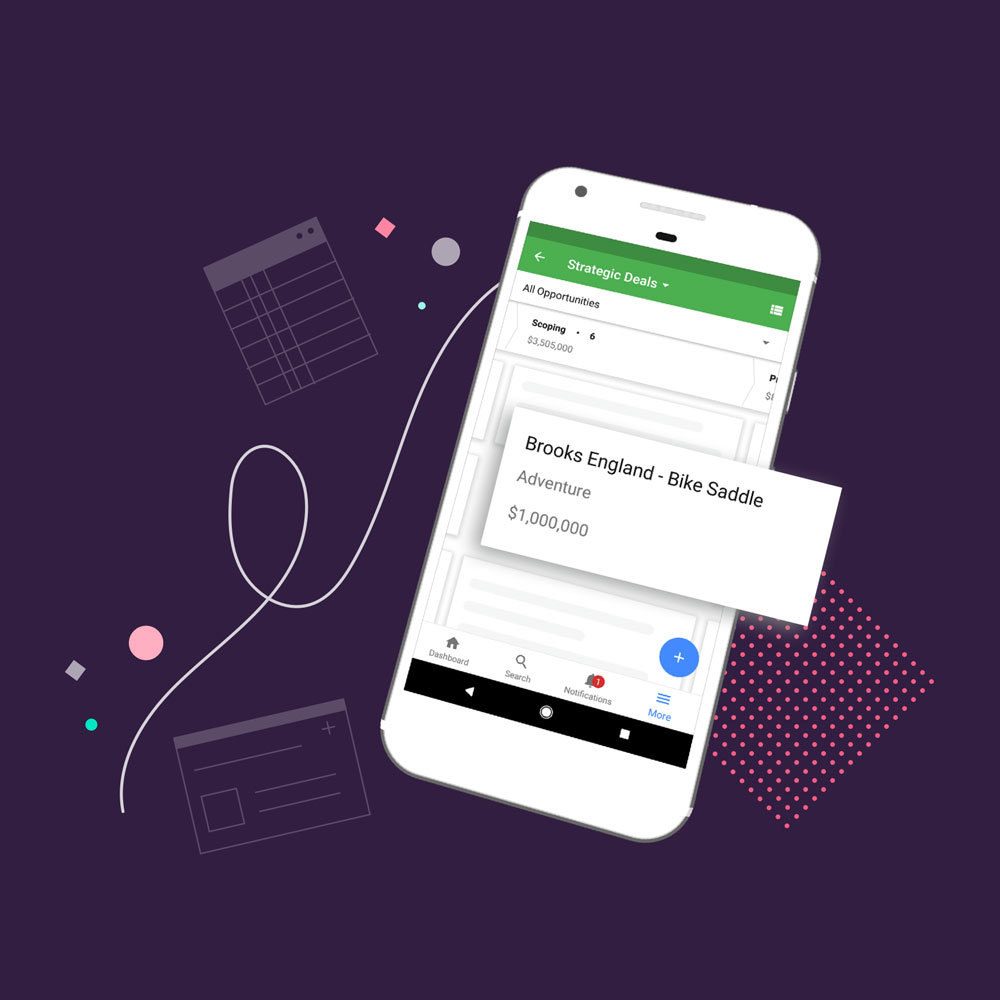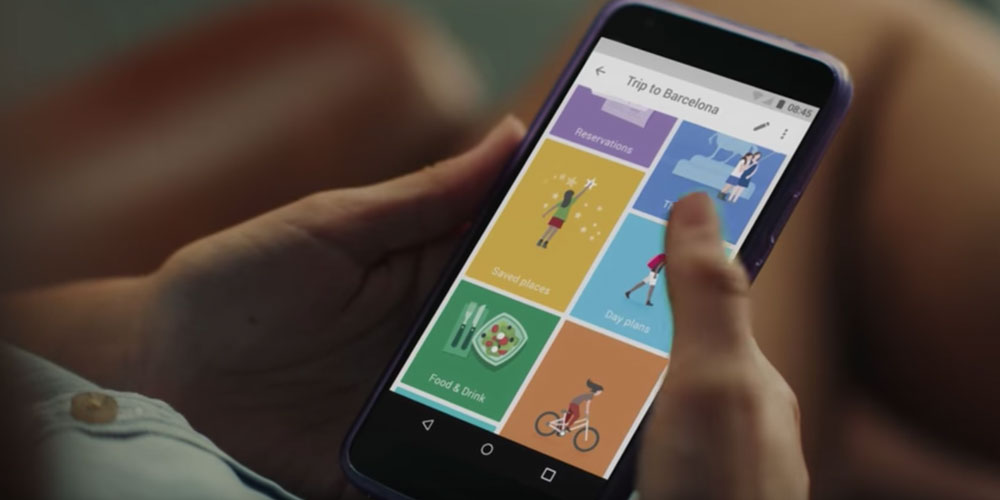Sales work takes associates outside the office and into boardrooms, restaurants, coffee shops, and traffic. It comes with the territory and for many, the sales life is unlike any other: the thrill of closing a big deal, earning a fat commission, the satisfaction of consistently hitting your numbers month after month, the ego boost knowing your work really makes the company move.
But for all the highs, there must be lows, and the work at times gets mundane too. Your sales team might be an Untouchables-style gang of independent mavericks — but your home base is still an office, and you’ve got office work. Few things lack excitement quite like data entry for the CRM.
In fact, habitual data entry is a frequent reason why some salespeople can’t stand their CRM. And a chronic lack of user adoption is one scenario in which you might consider changing it.
But not all CRMs are made equal. Some reduce the amount of data entry required and others won’t chain you to your desk. Modern CRM often offers native mobile apps that streamline the user experience and provide access to key functions and data on the go. If you’re considering a solution on account of a quality mobile CRM app, here are features you want to look for.
1. Native Mobile Interface, Push Notifications, Voice Recording
CRMs that simply recreate desktop or web app functions in a mobile device tend to suffer from a clunky interface that inhibits end users due to lack of desktop inputs rather than capitalizing on mobile’s strengths. Mobile CRM apps with custom push notifications, voice notes, a native tablet app and a mobile-optimized interface can improve your workflow in the field. When evaluating solutions, check for ones that review well for their user experience — it’s a decent indication the developers sought to build a solution tailored to the device it’s on.

2. Import Call & SMS Records, Import Contacts, Automatic Logging
Outside sales associates require many of the same call features used for inside sales, and mobile CRM is positioned well to provide them. Importing call and SMS records or contacts directly from a mobile device saves a tremendous amount of time with data entry while reducing the risk of data error. Automatic call and SMS logging only require the time to sync a backlog and then improves your workflow. These features automate much of the data entry associated with a frustrating end user experience with CRM, mobile or otherwise while maintaining data health.
3. Team Messaging, Task Assignment, Ability to Tag Colleagues
Some mobile CRM apps produce a limited user experience in which associates have access only to their data while collaborative functions are left on the web app. Cooperative sales processes benefit from apps that include team activity feeds and the ability to @mention colleagues. If these functions are unavailable, and you’re already invested in your CRM, look for integrations with team messaging apps. This can allow pipeline notifications to show up in the messenger, reducing the need to switch apps, and improving team communication and efficiency.
4. Offline Access, Online Data Sync
Outside sales associates can’t always predict when they’ll be able to communicate. Whether the data connection is lost thanks to environmental factors, conserving battery life or simple unavailability, a good mobile CRM app should allow users to update their records, create and assign tasks, and view reports that are accurate with its last sync even when a connection is unavailable. The app will sync in the background when the connection is restored. In some cases, an associate can count on this to improve their workflow; if they’re sitting on the subway inside a tunnel, they can use this downtime to productively contribute to the CRM rather than sitting idly on the train.
5. Business Cards Scans to Directly Add New Contacts
Business card scanning is implemented in various ways in mobile CRM apps, and all let users use the outward-facing camera to scan cards to add contact details directly to the database. This is particularly effective for sales agents coming from a major networking event — e.g. a conference or trade show — with a stack of business cards. The feature saves end users the time and effort to add data manually. If this feature is unavailable in your CRM’s mobile app, there are third-party solutions that can implement this functionality.























Leave a Comment